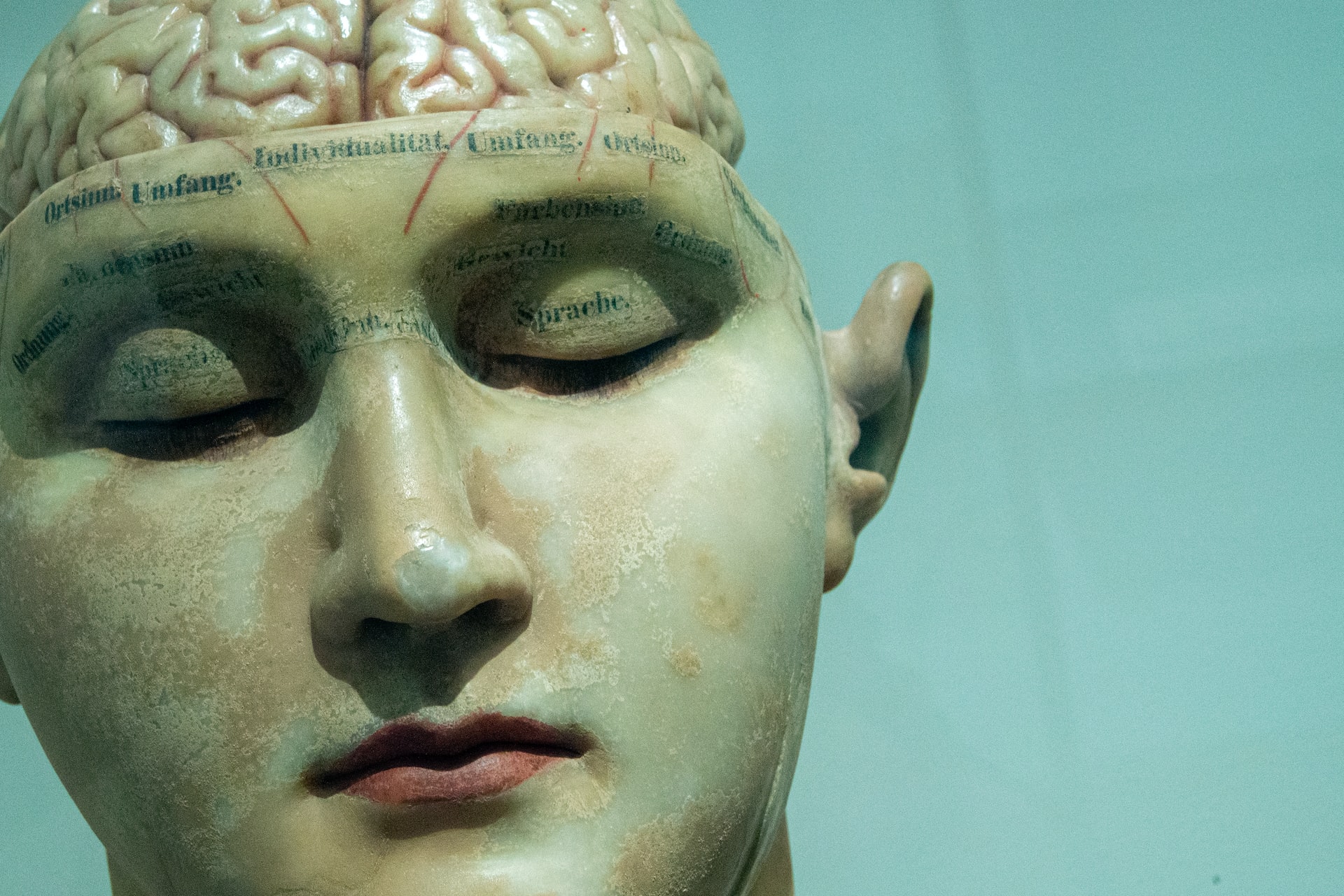Tell me about periventricular hypodensity
Periventricular hypodensity, also known as periventricular leukomalacia, is a condition that affects the white matter of the brain. It is most commonly seen in premature babies, but can also occur in full-term infants and adults. This condition can have significant effects on the brain’s development and function, and it is important to understand its causes, symptoms, and treatment options.
The periventricular region of the brain is located around the ventricles, which are fluid-filled cavities that help circulate cerebrospinal fluid. The white matter in this area is responsible for transmitting signals between different parts of the brain and is crucial for proper brain functioning. When this white matter becomes damaged or lacks proper blood supply, it can lead to periventricular hypodensity.
The primary cause of periventricular hypodensity is a lack of oxygen and blood flow to the brain. This often occurs in premature babies who are born before their brains have fully developed. The underdeveloped blood vessels in their brain can easily become damaged, leading to decreased blood flow and oxygen supply. Other factors that may contribute to this condition include infections, bleeding in the brain, and genetic abnormalities.
The symptoms of periventricular hypodensity may vary depending on the severity of the condition and which areas of the brain are affected. In mild cases, a person may not experience any noticeable symptoms. However, more severe cases can result in a range of neurological problems, including cognitive impairments, motor disabilities, and developmental delays.
Some common symptoms of periventricular hypodensity in infants include delayed motor skills such as crawling and walking, difficulty with muscle coordination, and spasticity (stiffness or tightness in muscles). They may also have trouble with feeding and swallowing, experience seizures, and have vision or hearing impairments. In more severe cases, children with periventricular hypodensity may also have intellectual disabilities and exhibit behavioral problems.
Diagnosing periventricular hypodensity typically involves imaging tests such as an MRI or CT scan. These tests can reveal abnormalities in the white matter of the brain, including areas of decreased density. In some cases, additional tests may be done to rule out other conditions that may cause similar symptoms.
Treatment for periventricular hypodensity depends on the severity of the condition and the specific symptoms experienced by the individual. In mild cases, no treatment may be necessary, and the condition may improve on its own. However, in more severe cases, a combination of therapies may be recommended to help manage symptoms and improve overall functioning.
Physical therapy is often used to help improve muscle strength and coordination in individuals with periventricular hypodensity. Occupational therapy can also be beneficial in helping children with this condition develop skills necessary for daily activities. Speech therapy may also be recommended to help with any speech or language delays.
In some cases, medication may be prescribed to help manage symptoms such as seizures or muscle tightness. It is important for individuals with periventricular hypodensity to receive regular follow-up care to monitor their condition and adjust treatment as needed.
While periventricular hypodensity can have significant effects on brain development and function, early intervention and ongoing treatment can greatly improve outcomes. With proper management, many individuals with this condition can lead productive and fulfilling lives.
In conclusion, periventricular hypodensity is a condition that affects the white matter of the brain, most commonly seen in premature babies. It is caused by a lack of oxygen and blood flow to the brain and can lead to a range of neurological symptoms. Treatment options include physical, occupational, and speech therapy, as well as medication in some cases. With proper care and management, individuals with periventricular hypodensity can overcome challenges and live a full life.





